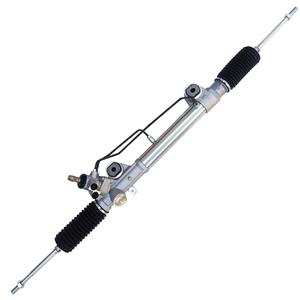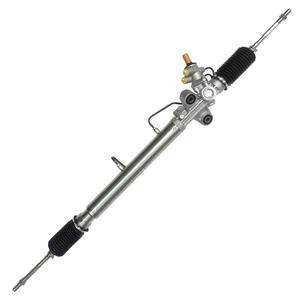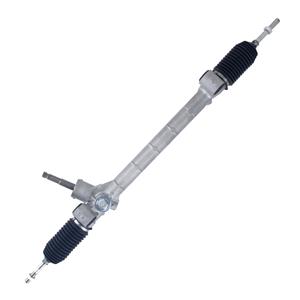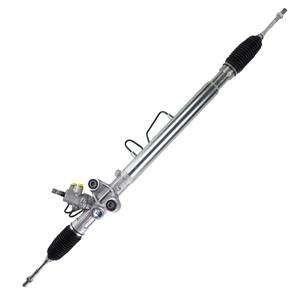Will power steering fluid leak from the steering rack and pinion?
The power steering system is a vital component of modern vehicles, allowing drivers to easily control the steering wheel during driving, especially when driving at low speeds and parking. The hydraulic power steering rack and pinion rely on power steering fluid to provide pressure to help the driver reduce the effort required to steer. However, as the vehicle is used for a longer time, the power steering fluid may leak, and this leak often occurs in the steering rack and pinion assembly.
In this article, we will take a deep look at the possibility of power steering fluid leaking from the steering rack and pinion, analyze the causes of leakage, potential consequences, and how to prevent and repair such problems.
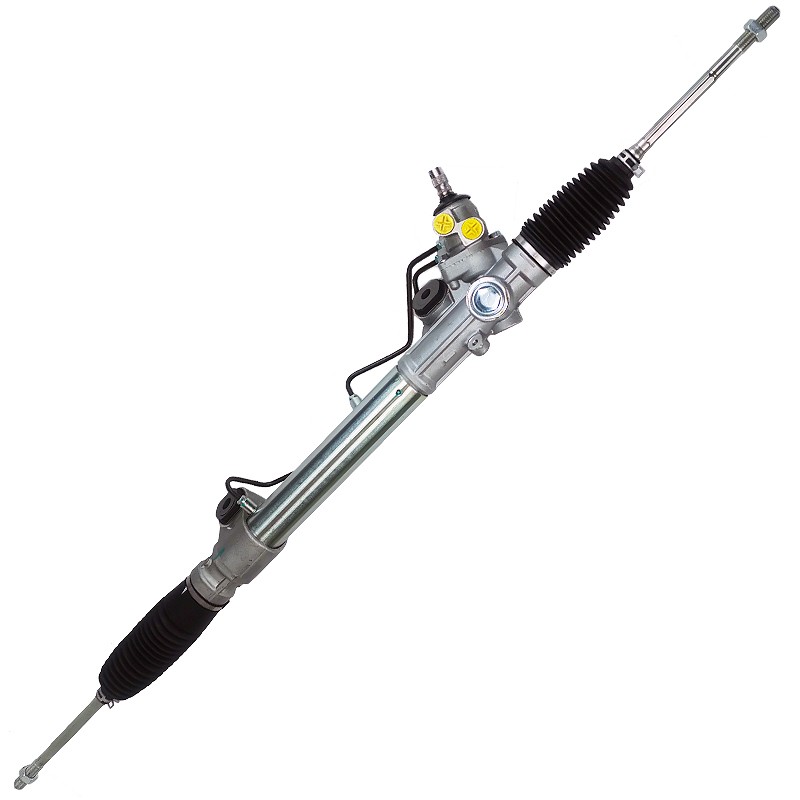
How does the power steering system work?
Before discussing whether power steering fluid leaks from the steering rack and pinion, it is important to first understand the basic working principle of the power steering system. The hydraulic power steering rack and pinion mainly consists of the following key components:
1. Power steering pump: driven by the engine, used to provide pressure to the hydraulic system to push the power steering fluid to the steering rack or gearbox.
2. Steering rack and pinion: Also known as the rack and pinion, it is the core component of the steering system. The rack and pinion mechanically turns to convert the driver's steering input into the actual steering angle of the wheel.
3. Hydraulic lines and seals: Hydraulic oil is transmitted through a series of high-pressure lines to ensure that the fluid flows effectively between different components. The role of the seal is to prevent fluid leakage and maintain system pressure.
4. Power steering fluid: This fluid plays a role in transmitting pressure, lubrication and cooling in the system to ensure that the steering system can operate smoothly.
The normal flow of power steering fluid depends on the sealing of the hydraulic system, especially the steering rack and pinion components, because they are one of the most stressed areas in the steering system. If there is a problem with these components, the power steering fluid is prone to leaking.
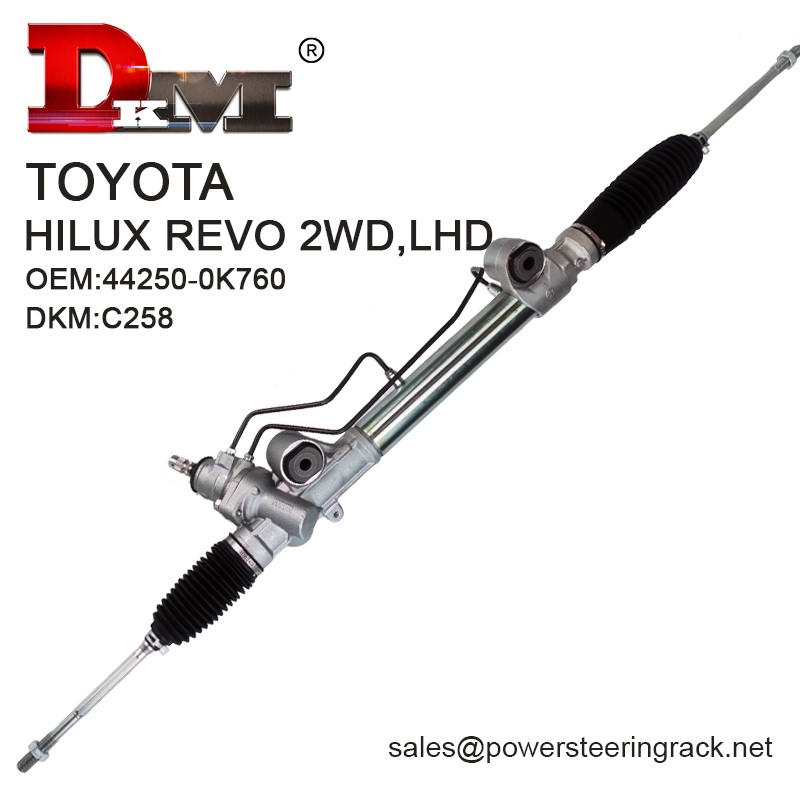
What are the causes of power steering fluid leakage?
The main reason for power steering fluid leakage from the steering rack and pinion is usually related to the aging of the seals, mechanical wear or external damage. Here are several common causes of leakage:
Seal wear
The seals (O-rings and shaft seals) in the steering rack and pinion system are the main barriers to prevent fluid leakage. Due to long-term use and friction, these seals will gradually age, harden or lose elasticity, resulting in an inability to completely seal the connection point between the rack and pinion. In particular, in environments with high temperatures, extreme weather or frequent steering operations, the seals will deteriorate faster.
Failure of the seals is usually manifested as fluid leaking from the steering gear box or the end of the rack, especially when the pressure of the steering rack and pinion increases.
Wear of steering rack and pinion
The work of the steering rack and pinion involves a lot of friction and mechanical stress. If these metal parts are not adequately lubricated after long-term use or dry-grip due to lack of power steering fluid, they will gradually wear or produce gaps. These wears will destroy the sealing of the rack system and allow hydraulic oil to leak from these gaps.
Once there is a large mechanical wear between the rack and pinion, fluid leakage will become a common phenomenon and it is difficult to solve with simple repair measures.
Damaged pipes or joints
The power steering fluid is delivered to the steering rack and other components through a series of pipes. These hydraulic lines are often exposed to high pressures, and over time, the joints or hoses of the lines themselves may wear, age, or crack, causing fluid to leak. In addition, if the vehicle is hit or passes through harsh road conditions, the hydraulic lines or joints may be physically damaged, causing the power steering fluid to leak from the steering rack.
Overuse or lack of maintenance
Long-term overload of the vehicle or lack of regular maintenance will accelerate the wear of the steering system. Especially when the vehicle is frequently driven at low speeds on urban roads or frequently stopped, the steering rack and pinion and the hydraulic system will be under greater pressure. In this case, if the owner does not regularly check the power steering fluid level or replace aging parts, the fluid in the system may be consumed too quickly and leaks may occur more easily.
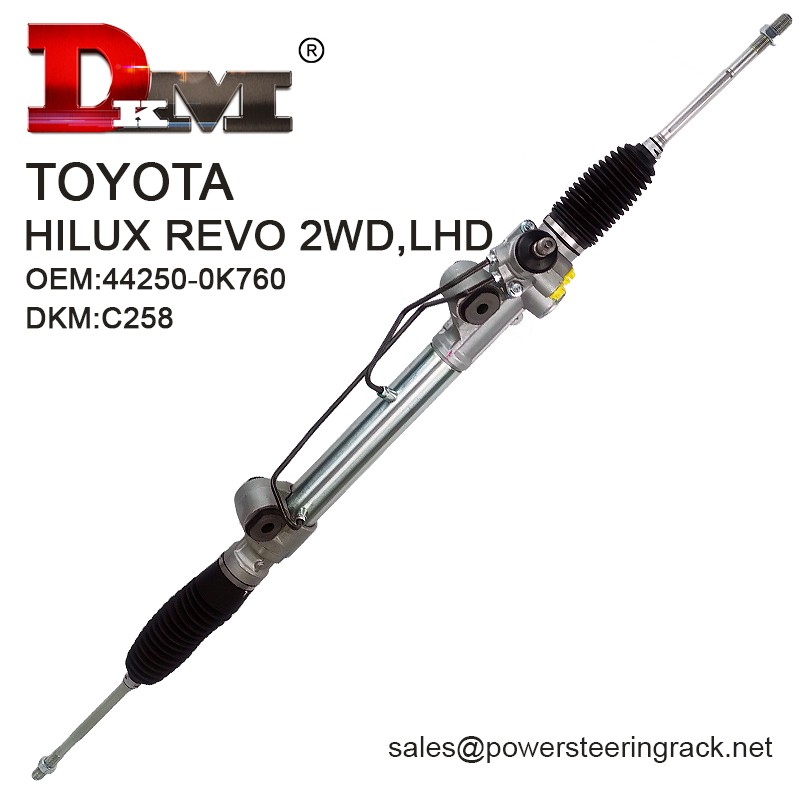
What are the symptoms of a power steering fluid leak?
Knowing the symptoms of a power steering fluid leak can help car owners detect the problem in time and prevent further damage. Here are some common symptoms:
Heavier steering wheel
If the power steering fluid leaks, the pressure in the hydraulic steering rack and pinion will drop, causing the power steering function to fail. The most obvious manifestation is that the steering wheel becomes unusually heavy, especially when driving at low speed or parking, and the driver needs to apply more force to turn the steering wheel.
Abnormal noise when turning
Insufficient power steering fluid will cause the lubrication effect in the system to weaken and the friction between the rack and pinion to increase. In this case, the vehicle may make abnormal noises when turning, common sounds include squeaking or clicking, especially when turning the steering wheel.
Leakage traces
Power steering fluid is usually a viscous liquid of red or brown. If there is a leak in the steering rack and pinion, the owner may find traces of this fluid under the vehicle or near the wheel. When the vehicle is stationary, checking the bottom of the vehicle for fluid leakage is an effective way to find power steering fluid leaks.
Fluid level alarm
Modern cars are usually equipped with power steering fluid level sensors, and when the fluid level drops to a dangerous level, a warning light will light up on the dashboard. If the owner finds that the power steering fluid level often drops, or even needs to be frequently replenished, it is very likely that there is a leak somewhere in the system.
What are the bad effects of power steering fluid leakage on the car?
Power steering fluid leakage can have a number of negative effects on the normal operation and driving experience of the car. If not repaired in time, the leakage problem may lead to the following consequences:
Power steering failure
The most direct impact is the loss of power steering. When there is insufficient fluid in the hydraulic system, the hydraulic pressure of the steering rack and pinion cannot be maintained, and the driver needs to use more force when turning the steering wheel. This situation is especially obvious when driving at low speeds and parking, and the driving experience becomes extremely difficult.
Damage to the steering system
Fluid leakage can lead to insufficient lubrication between the rack and pinion, increasing the wear between mechanical parts. This continuous wear may cause permanent damage to the steering rack or gearbox, and the repair cost will increase accordingly.
Damage to the power steering pump
The power steering pump plays a core role in the hydraulic steering rack and pinion. It is responsible for pressurizing and transmitting fluid. If the fluid leaks severely, the pump will run dry due to lack of fluid, generating excessive friction and heat, and eventually leading to pump failure.
Reduced driving safety
When the vehicle is driving at high speed, the sudden loss of steering power can greatly affect the stability and controllability of the vehicle. This situation may make it difficult for the driver to accurately control the steering wheel, especially in an emergency, increasing the risk of vehicle loss of control.
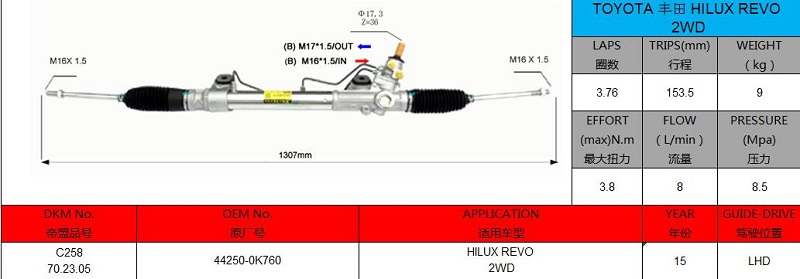
How to prevent and repair power steering fluid leakage?
Although power steering fluid leakage is a common problem, it can be effectively prevented through regular inspection and maintenance. Here are several ways to prevent and repair power steering fluid leakage:
Regularly check the fluid level and system
Vehicle owners should check the power steering fluid level regularly, especially before frequent use of the vehicle or long-distance driving. If the fluid level is found to drop too quickly, the steering rack and pinion should be checked immediately for signs of leakage. In addition, regular replacement of hydraulic oil and aging seals can also effectively extend the service life of the steering system.
Replace worn parts
If the power steering fluid is found to be leaking from the steering rack and pinion, the worn seals or damaged rack parts should be replaced in time. Early repair can prevent the problem from further deterioration and avoid high repair costs.
Professional repair
If the fluid leakage problem is serious, the owner should seek help from a professional technician as soon as possible. Professional technicians can quickly determine the specific location of the leak through diagnostic equipment and take effective repair measures.
With more than 25 years of experience, DKM Company stands out as a leading manufacturer of power steering rack and pinions in China. Our expansive factory houses over 280 state-of-the-art machines, enabling the production of over 300,000 units annually. Specializing in gear rack steering systems, we supply affordable and reliable solutions for distributors in the USA, Middle East, Southeast Asia, and beyond. Whether you seek wholesale discounts, custom orders, or factory prices, DKM is your trusted partner for automotive steering products.

